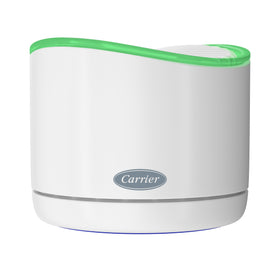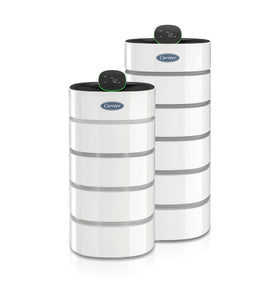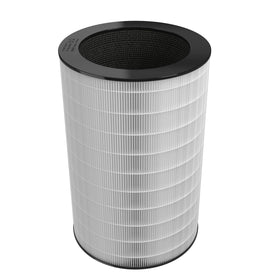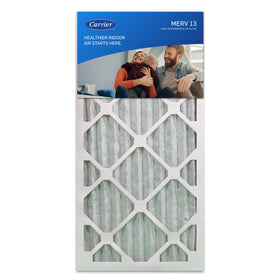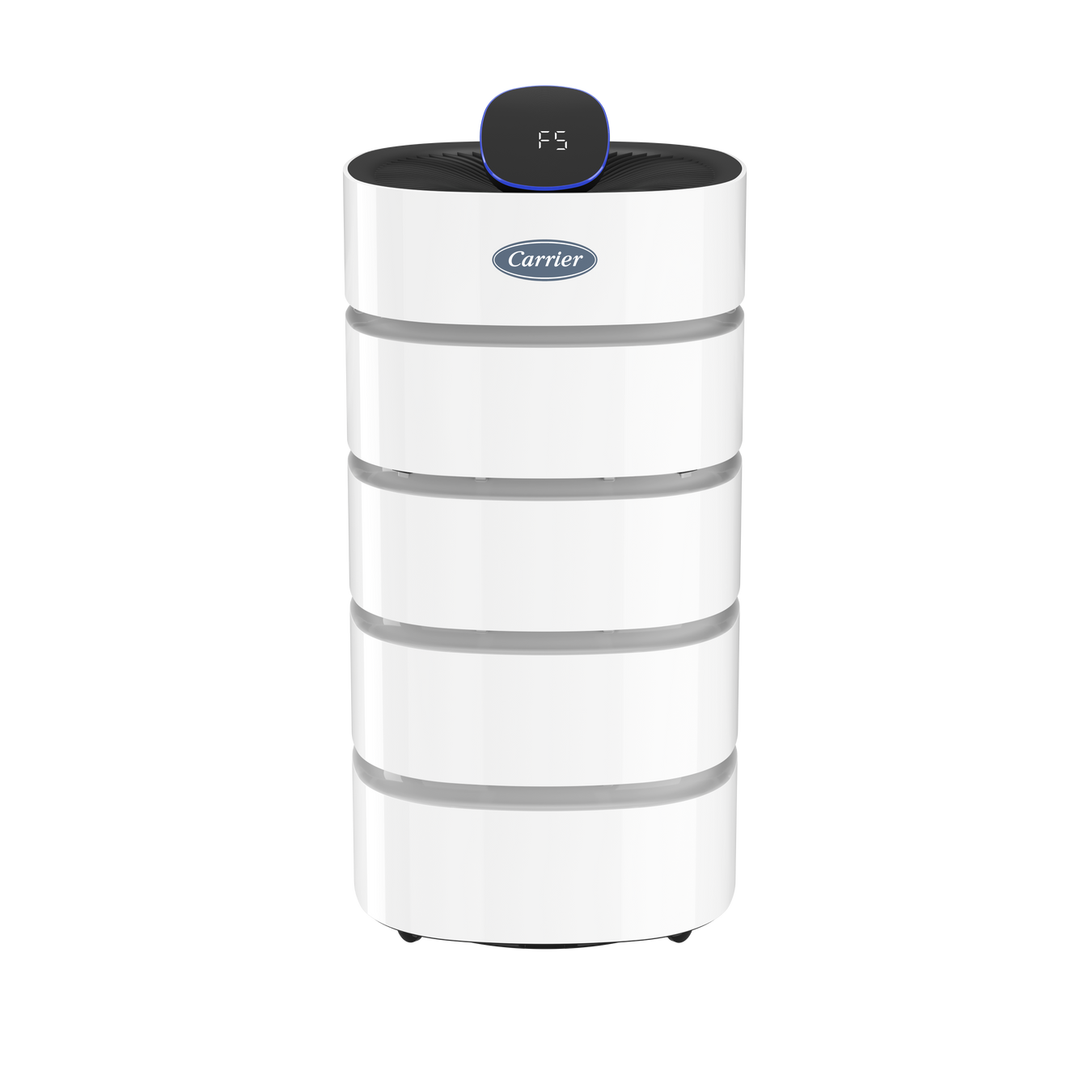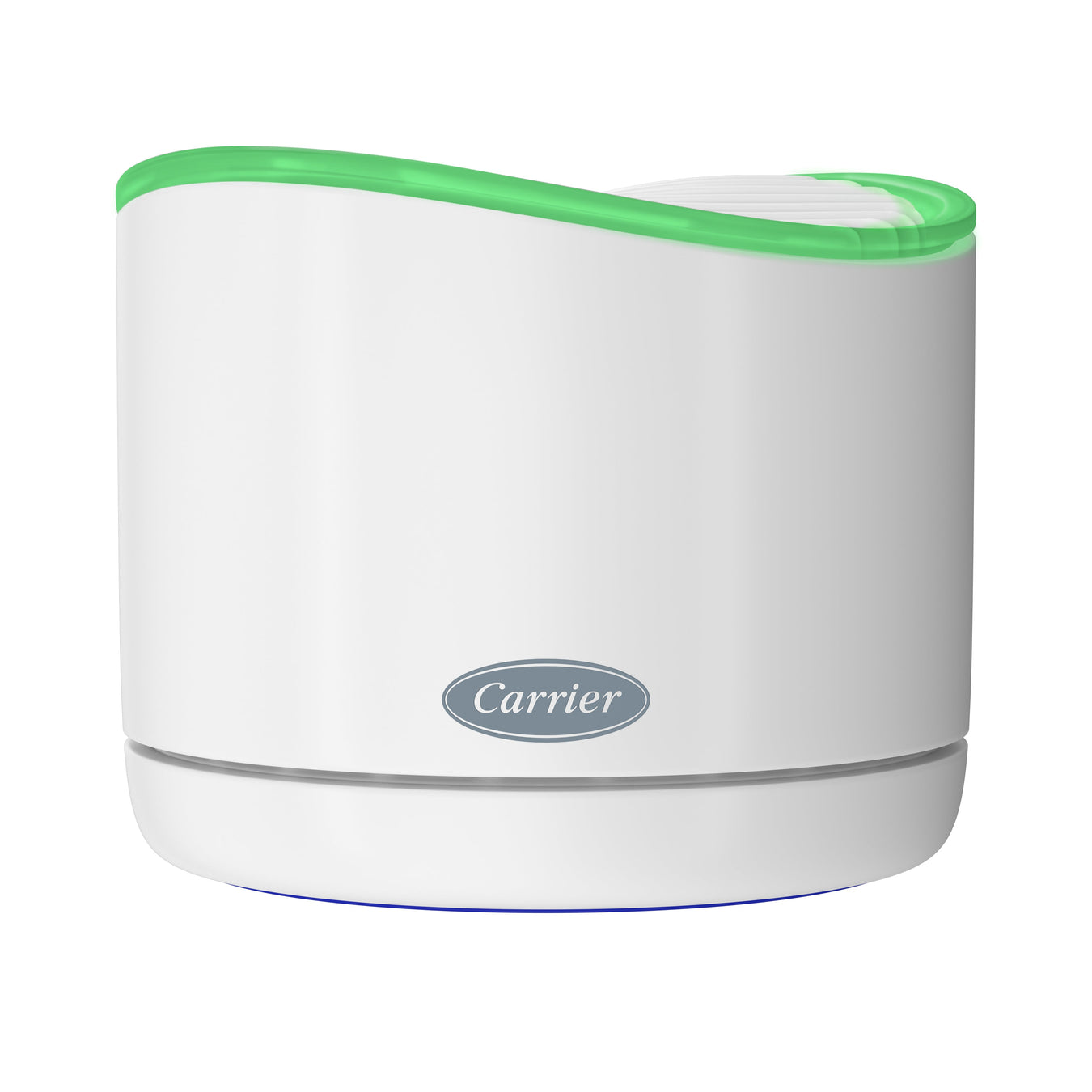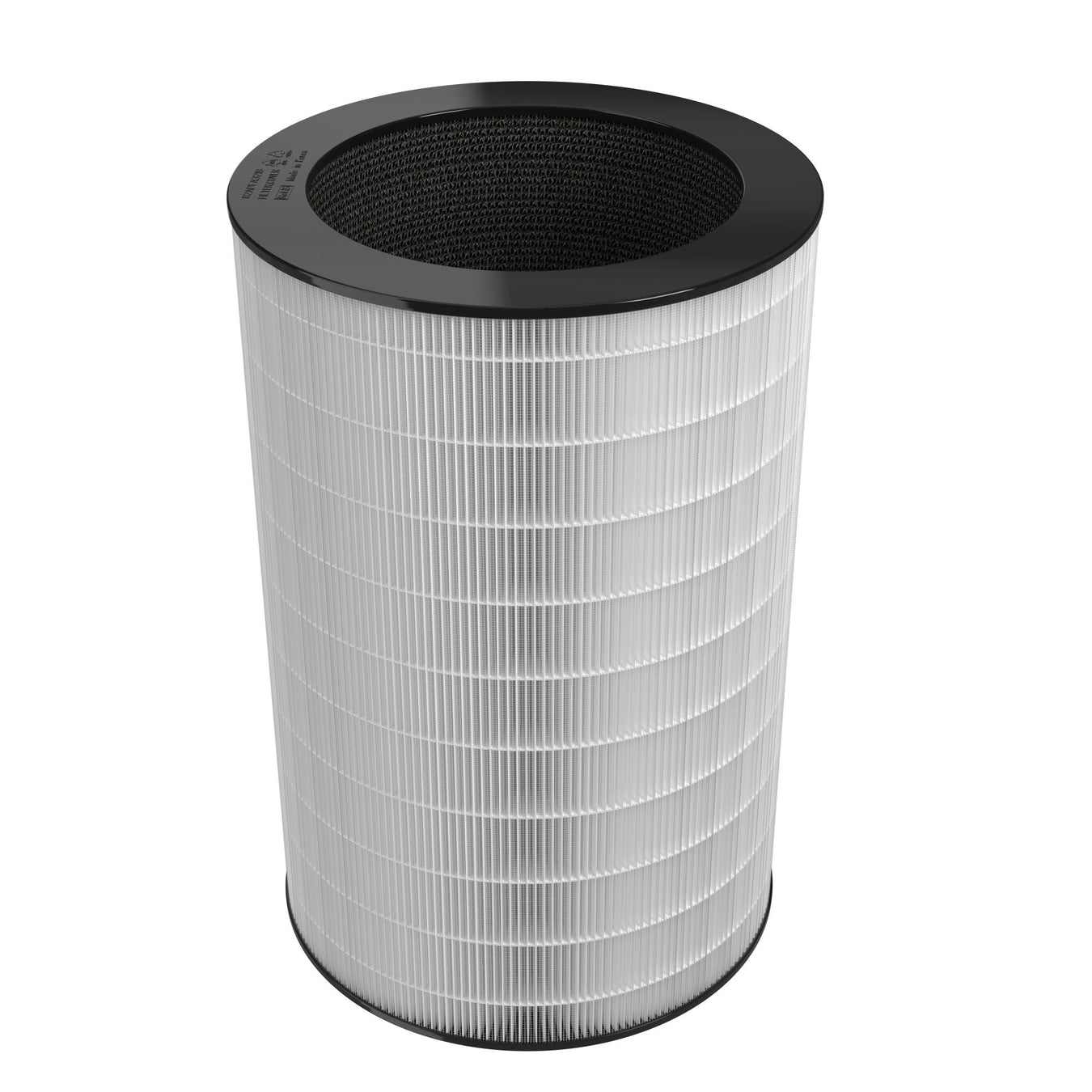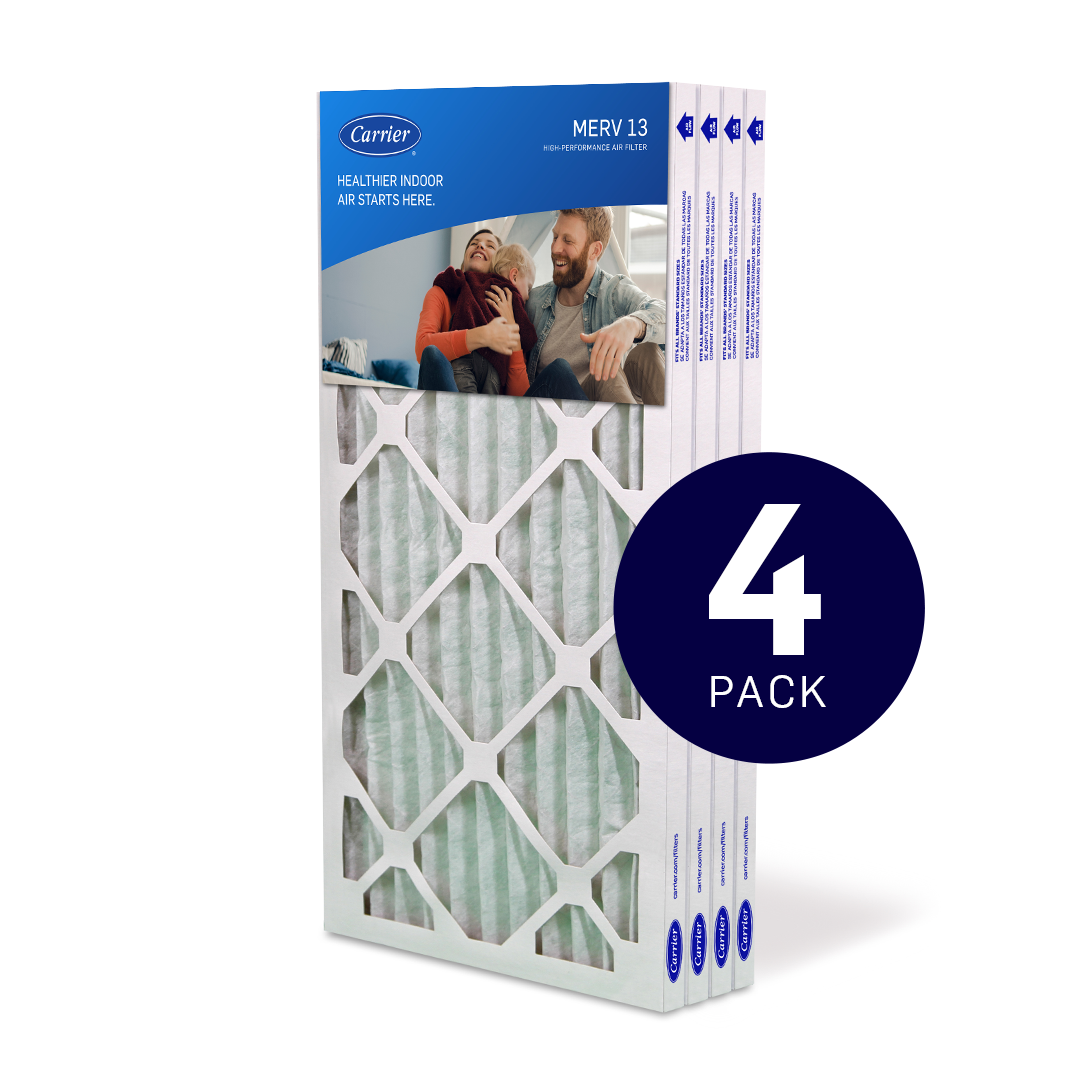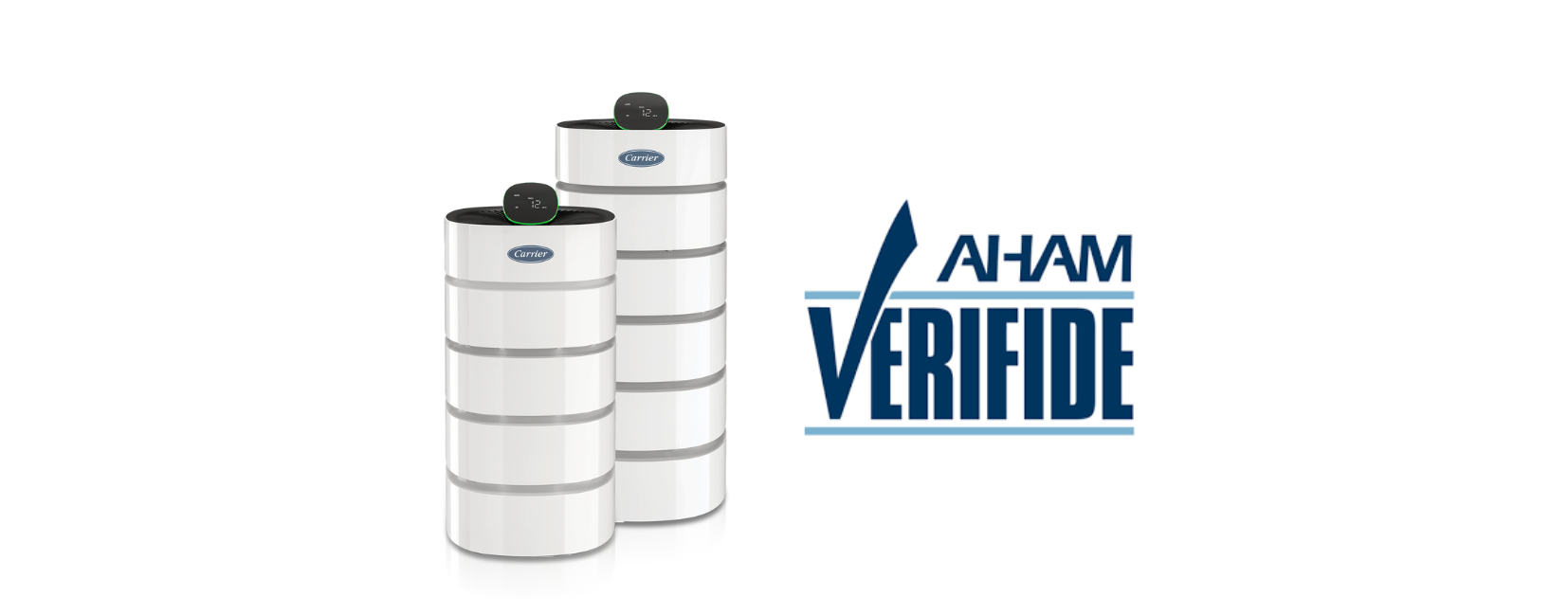
What Is a CADR Rating?
A room air purifier can be an effective part of a comprehensive strategy for improving indoor air quality. However, selecting the right one can be overwhelming with all the choices available. One way to differentiate the capabilities of different air purifier models is something called a CADR rating. So, what is a CADR rating?
CADR stands for Clean Air Delivery Rate. It’s a standard measure of an air purifier’s ability to clean the air in an indoor space. Purifiers with the AHAM seal have been independently tested and certified. If you want to compare CADR ratings, keep in mind that not all manufacturers provide one because it’s a voluntary program. And while it may not be easy to understand exactly how the CADR number is derived, we can help you understand what it means and how to use it to your advantage.
What Is CADR?
The CADR rating indicates how effective air cleaners are at removing smoke, dust, and pollen particles between 0.10 to 11 microns from the air.1 The ratings are calculated from a standardized test developed by AHAM (Association of Home Appliance Manufacturers). Air purifiers with higher CADR ratings will be able to clean the air within a space more quickly than models with a lower CADR rating.

What Is a Good CADR Rating?
Dust, smoke and pollen each have their own AHAM CADR rating. The maximum CADR rating for dust is 400, while the maximum for smoke and pollen is 450.1 Please note that some manufacturers may cite a higher CADR rating than the maximum based on other test procedures or extrapolation from the AHAM CADR testing.
Generally, you’ll want the highest CADR number you can get at a price you can afford, as long as you aren’t overpowering the unit for the space. To paint the whole picture, we'll take a closer look at how the testing is done.
How the Test Works
For the greatest accuracy and consistency, the CADR test is performed only in AHAM-certified facilities Some of the highlights of the test requirements include:
- The test is performed in a temperature and humidity controlled (Testing temperature is 70° F and relative humidity is 40%).2
- The unit to be tested is placed on a table at a height of 29.25 inches from the floor. 2
- Smoke particles, dust particles and pollen are introduced into the room using specific equipment at specified pressure settings. 2
- Particle counting equipment is also specified, and all equipment must follow scheduled maintenance and calibration schedules. 2
How CADR is Calculated
CADR numbers are calculated by taking the measured rate of material reduction (amount of smoke, pollen or dust particles removed) with the air purifier turned on, subtracting the amount of material reduction with the unit turned off, multiplied by the size of the room.3 Air purifiers with the highest efficiency filters combined with efficient and effective airflow tend to achieve the best CADR ratings and help you filter more thoroughly the air flowing in your room.
CADR Limitations
CADR ratings are obtained using carefully controlled environments. The limitations of these and any standardized ratings are that real-world applications may not necessarily match those of the testing parameters.
For example, testing with the air filter or purifier on its highest fan setting may generate high CADR ratings, but running an air purifier on its highest fan setting will be noisier and use more energy. A typical user might choose to run on higher settings during the day, and lower fan settings at night. Some models, like the Carrier Smart room air purifier, include an auto mode that changes fan settings as air quality dictates. And when the purifier runs on lower fan settings, it won’t achieve those higher CADR ratings.
Room size can affect performance as well. The standard test chamber dimensions of 10.5’ by 12’ with 8-foot ceilings.1 If the purifier is used in a larger main bedroom, family room, or in a large open space, it won’t produce the same results. Higher ceilings can affect performance as well. That’s why paying attention to manufacturer’s recommendations on room sizing is so important when purchasing an air purifier. You can always add multiple air purifiers in spaces that are larger or have higher ceilings.
Choosing the Right Product for You
Comparing CADR numbers can be helpful but selecting a purifier to improve your indoor air quality involves several additional factors. Remember, not all manufacturers submit their products for CADR testing, so those ratings are not always available for every product. Some manufacturers may not test to AHAM CADR so their ratings may not be comparable. Other factors to consider when you compare air purifiers include filter type, sound ratings, size of the unit, special features like auto mode, maintenance requirements and more.
HEPA filters, with the ability to remove 99.97% of airborne particles 0.3 microns in size, are considered the gold standard for filtration. But keep in mind, some models, like the Carrier smart room air purifiers, provide two additional layers of filtration, including an activated charcoal filter for odor control.
Look for convenience features like automatic operation that can adjust fan speeds to match air quality; models that have built-in air quality monitors; and smart purifiers that can track performance and offer remote control over operation. If energy conservation is your thing, be sure to select a unit that also achieves ENERGY STAR® certified operation. Also be sure the purifier you select is rated for the size of room for which it is intended (or that you’re purchasing multiple purifiers to cover the space).

FAQ
Here are some questions frequently asked by people searching for portable air purifiers:
- What does CADR stand for? CADR stands for Clean Air Delivery Rate. It’s a standard measure of an air purifier’s ability to remove smoke, pollen or dust particles from a room of a specific size. CADR is administered by the Association of Home Appliance Manufacturers (AHAM) and is widely recognized as an accurate indicator of performance.
- Why is CADR important? CADR provides a way for consumers to compare the capabilities of different air purifiers. It also allows the buyer to determine whether an air purifier is better at filtering smoke, pollen or dust because each of these pollutants has its own rating.
- Do larger air purifiers have higher CADR? Generally, a larger filter and a stronger fan will generate a higher CADR rating. Of course, the quality of the filter and the ability of the fan are not always equal even if the purifiers are the same size.
- What should I look for besides CADR? In addition to CADR, look for a unit rated for the size of room it is intended for, high-quality HEPA filtration, units with multiple fan speeds and conveniences like automatic operation, air quality monitoring and smartphone connectivity.

